Facebook is one of the best places for your business to be.
The platform has more than two billion monthly active users, 1.2 billion on Messenger, and 700 million on Instagram, which Facebook also owns. This makes it easier than ever to reach your target market.
But that also comes with a big downside: complications figuring out how to reach them and bring them back to your website.
With declining organic reach, it’s harder than ever before.
You’re competing with just about every single business in your space for attention. You need to stand out. You need to reach your audience if you want to drive traffic.
But most of the time, that isn’t enough.
You need to give them a reason to come back to your website instead of continuing to browse Facebook.
Here are four steps that the professionals use to increase website traffic through Facebook.
1. Combat Declining Organic Reach with Less Content
Most people assume that more is better.
You have to blog 30 times a month to get the most traffic. Posting under 30 times on Facebook a month is a recipe for disaster. You need 5,000 links if you want any shot at ranking #1.
Those kinds of assumptions run rampant, but they’re simply not true anymore.
Facebook’s platform and algorithm have shifted dramatically in the past few years. What worked once just doesn’t perform on the same level anymore.
Facebook’s organic reach has been declining for years now:
You used to be able to reach a large portion of your audience, but Facebook caught wind of it. Why allow users to reach two billion users and their target market for free?
On top of that, users share 1 million links on Facebook every 20 minutes.
The space is more saturated than ever before.
Since then, organic reach has been declining, leading many businesses to even opt out of the platform for good. Why? Because Facebook simply doesn’t seem to work anymore.
But it does.
It just requires a different mindset from the typical inbound playbook.
Traditional inbound marketing tells us to do one thing: cast a wide net and bring in as much traffic as possible with the hopes of converting some leads.
So one would assume that posting as much as possible on their blog would rank them higher and increase conversions, or that posting countless times on Facebook would help beat the system and get your content in front of more people.
Buffer recently decided to test their Facebook posting strategy due to a declining organic reach.
From January to October of 2016, Buffer was posting a ton of content on Facebook. Around 25-40 posts on Facebook every single week.
Their idea was to beat the system. Post more to combat organic reach.
It makes sense: each post gets less organic reach, so posting more can effectively increase your total accumulated reach.
But they noticed something dramatically different:
As they increased their number of Facebook posts to four times a day in July and August of 2016, their organic reach took a big hit.
Every additional post started to result in less and less reach!
Despite that decline, they have since grown their organic reach higher than they’ve ever seen by switching up their posting strategy.
The secret? Sharing less content.
They’re currently reaching more than 150,000 people a week on Facebook. When they were posting more in 2016, they were only reaching 44,000.
On top of just reach, they’ve also seen their engagement skyrocket:
Currently, Buffer only sends out one or two posts on Facebook per day, and they reserve those posts for their best content.
Facebook’s algorithm is difficult to navigate now. You can’t just blast ten updates per day to your website and expect traffic to increase.
Here are a few key takeaways to keep in mind when driving traffic from Facebook to your site with this step:
- Quality over quantity: only post your best content on Facebook.
- Less is better: Limit posting to 1-2 times per day.
Institute these changes to your Facebook strategy, and you’ll be on your way to driving waves of traffic to your site.
2. Segment Organic Content Like an Ad
One of the major problems with Facebook is simply the amount of content that users publish.
With millions of business pages, it’s no shock that users share a million links every 20 minutes.
It’s a marketers dream: every possible customer in your target market uses the platform. But that also makes it a nightmare in terms of competition.
If you want to drive more traffic to your site, you need to stand out. To have hyper-specific content that resonates with your audience.
And I’m talking about in-depth specificity, not just general marketing topics.
More than likely, not everyone who follows your page on Facebook will like all of your content. People have varying interests, and simply sending out a content blast won’t resonate with everyone.
Thankfully, Facebook has introduced a semi-secret form of targeting within the news feed, allowing you to segment organic content to different audiences.
News Feed Targeting allows you to target your content to your audience, but filter the audience with demographics and interests/exclusions.
Similar to a typical saved audience on Facebook, the news feed options can help you reduce your audience size to the most targeted of users.
This will ensure that your CTR is much higher and that the mass majority of people will actually enjoy your content.
If you haven’t already enabled this, you’ll have to set it up in your settings.
Head to your company page and click on the settings tab.
From here, click on general and locate the “News Feed Audience and Visibility for Posts” option:
Click the box to allow news feed targeting.
Now head back to your company page. When you go to create a new post, you’ll see a new icon with a target symbol:
Simply click that target symbol and you can refine your audience by demographics, interests, and exclusions.
Next time you post, make sure that you add your post topic or topics as the interest(s) to ensure maximum engagement:
Driving website visits using Facebook requires one thing: specificity. You have to give the user a compelling reason to leave Facebook to read your content or visit your site.
Meaning the content has to be specific to their wants and needs.
And simply blasting out content to your fans can’t do that.
3. Boost Your Best Posts to Increase Engagement
Getting more traffic from Facebook ultimately comes down to reaching more of your engaged audience. And boosting your posts can help you do that.
Now, for this to work, you have to produce top-notch content. If your content is subpar, don’t expect big results.
But if you can create great content and get it in front of more of your audience, you can expect your traffic to skyrocket.
Buffer found this to be entirely true while trying to increase website traffic and reach. They discovered that boosting their posts was critical to increasing their engagement and clicks.
Taking only their most well-received content and boosting it further allowed them to ensure that site visits would increase:
They spend about $40 per day boosting posts on Facebook because it “amplifies on a huge scale.” But the key takeaway from Buffer was: focus on boosting great content.
This means heading into your analytics and seeing which Facebook posts are performing well. Using segmented organic content with news feed targeting and then analyzing which posts were well received.
When you notice that a post is taking off, simply boost it to increase your engagement and the number of clicks you bring back to your site.
4. Drive Traffic with Remarketing or a New Saved Audience
If all else fails, one surefire way to boost Facebook traffic to a website is via paid advertising.
Currently, there are two strategies that I’ve seen people use effectively to boost traffic:
- Remarketing engaged users.
- Driving new traffic with saved audiences.
If you don’t get a ton of website traffic or Facebook engagement already, the second option is going to yield higher traffic levels.
Remarketing is more effective, but it also requires traffic that you might not have yet.
If you decide to use a saved audience, you can always run a remarketing campaign after to bring back those interested users.
Let’s get started with running a saved audience and then remarketing them back to your site for even more traffic.
Head to the Facebook Business Manager and click on the audience section:
From here, select the option to create a saved audience.
Saved audiences will allow you to target users by demographics and interests while excluding users who haven’t interacted with your business before.
Start by entering the basic demographics of your target market:
After you fill these out, it’s time to get specific with interests and exclusions. They’re the filters that really matter.
First, start by entering interests that align with your business goals.
For example, do you run a PPC agency? Then enter PPC advertising as an interest:
Do you also sell SEO services? Add that to the list as well:
Next, it’s time to exclude specific segments that won’t like your content. If you know that people with certain interests or behaviors don’t generally buy your services or products, exclude them.
Traffic for the sake of traffic isn’t helpful. You want traffic that will continue to come back day in and day out.
Once you’ve perfected your saved audience, you can create a new ad to drive these users back to your site. Since these users are cold, you’re going to want to focus on brand awareness ads.
They don’t know who you are, so asking them to buy or visit a product page is going to get bad results. The key here is to warm them up with content that they are interested in.
For example, check out this ad from AdEspresso:
This ad is sure to stand out to new cold audiences on Facebook. It taps perfectly into a common pain point: being a workaholic or simply working too many hours in the day.
Bring in new traffic with your saved audience by delivering content that will resonate. Once you’ve done that, it’s time to set up a new remarketing list to keep the traffic rolling.
This time, create a custom audience based on website traffic:
Now select “People who visited specific web pages” and enter the latest blog post that you promoted:
This will help you re-engage users who visited your latest post.
If you want to get even more specific and make sure that you only remarket Facebook visits, you can create a custom audience based on your Facebook page engagement.
From here, select “People who engaged with any post or ad”:
This will filter out the users from your saved audience that aren’t engaging with your content.
Remarketing is a powerful way to bring users back to your site without breaking the bank. Be sure to promote your best content as your ads to a saved audience and then bring them right back for the next piece with remarketing.
[BONUS] 5. Combine Facebook Ads with Email to Drive Repeat Visitors
This is an indirect way of driving Facebook traffic to your site. Technically it’s more like driving email traffic by leveraging Facebook Ads.
Does this work? If you get the right audience, yes. In fact, you’ll probably get the most cost-effective traffic this way.
For example, the Wee Squeak captured 600 targeted emails spending only $90 on Facebook Ads …that’s $0.15 per email!
It all starts with Facebook Lead Ads.
How are these different than run-of-the-mill Facebook Ads, you ask?
These native ads provide an easy way for Facebookers to subscribe to your email list. The subscribe button is impossible to miss, and the process to subscribe takes users almost no time at all–making Facebook lead ads just as good (or possibly, maybe better) than your current Facebook Ads.
WiseMerchant shows just how easy the signup process can be for a customer:
It’s as easy as that! Unless, of course, you want to make it slightly more complex.
Offer a downloadable resource in exchange for an email address to drive incentive and encourage more subscriptions.
Keep in mind that the best Facebook Lead Ads are not built in a day. You’ll want to begin with some research, which you can conduct within your Facebook Ads Manager.
Just navigate to the “Plan” dropdown from Ads Manager, then click “Audience Insights.”
From here, you can view the common interests and demographics shared by the wonderful people who like your page.
And that’s a huge deal because, as we know, great minds think alike. And great minds will like your page. Meaning, anyone out there who thinks like your current fans may just want to become a fan themselves.
So take note of the most striking similarities between your fans. Once you’ve got that jotted down, it’s time to create a new Facebook saved audience with those similarities as your criteria.
Now that you have an audience, you’ll need an ad to show them.
Create your Facebook Lead Ad by opening your Facebook Ads Manager and selecting “Create Ad.”
Facebook will ask what your marketing objective is. Select “Lead Generation,” then scroll down the page.
Here, you’ll have a chance to select the saved audience mentioned above from a drop-down menu.
Next up, you’ll choose which format you’d like your ad to appear in.
WiseMerchant suggests you use the Single Image, Single Video, or Slideshow formats, as these will be least overwhelming for visitors.
With that taken care of, it’s time to get creative.
Create your ad text, add images, and decide what your CTA will be (if your aim is to gain email subscribers, “Subscribe” or “Sign up” are definite winners).
Those who click on your CTA will be asked to fill in your form, which Facebook will now ask you to create. Here, it’s the same story: edit text, images, layout, and form fields here.
Finally, thank your customers in style by adding a weblink to your thank you screen.
This is hugely important when it comes to introducing new email subscribers to your website. In fact, a customer visiting your website from the thank you screen could be just as profitable as a person signing up for your email list at all. In other words, don’t skip this step!
Your lead ad is now up and running, but is it cost-effective? Find out with an A/B test, which you can create right from Facebook Ads Manager or using AdEspresso (and it’s way easier).
The last step, and perhaps the step that makes this bonus step such a money-saver, is to create a rule for your ad to automatically decrease your budget when your CPL is too high.
This will trigger a budget decrease when certain conditions are met.
For example, cost per result:
Next, it’s time to set the resulting action as a budget decrease. This will depend on your preferences; in this example, the user would like their bid to decrease by 15% when their cost per result is greater than $5.
By using Facebook rules, you can ensure you aren’t paying for an ad that isn’t working. Facebook will detect the appropriate changes for you, saving you a lot of time otherwise spent monitoring your ad analytics, and making sure you spend money only on the Facebook Lead Ads that turn a profit.
Conclusion
Facebook is a wonderful platform for any business.
With over two billion monthly active users, any business can find their target market on it. But that also comes with serious downsides like competition and declining organic reach.
Meaning it’s harder than ever to drive traffic to a website from Facebook.
But that doesn’t mean it’s impossible.
Try combating the declining organic reach with a less-is-better approach. Make sure that your content is the best it can be on Facebook. The less you post, the more traffic you’ll drive.
To get even more traffic from each post, be sure to segment your organic content on the news feed by interests. If a user is more interested in your content, they are more likely to click through to your site.
Remember: small changes net small results, so you can’t expect something as simple as a new headline to increase your traffic by 100%.
Audience targeting is everything. Be sure to boost your posts to increase reach and subsequently increase traffic.
And you don’t always have to drive visitors directly from Facebook.
Feel free think outside the box by testing creative traffic strategies by combining Facebook and other parts of your marketing such as email marketing, video marketing, and even cold outreach.
Lastly, always drive engages users with remarketing for your latest posts.
David Zheng is the Founder of Growth Wit and Wisemerchant and the Head of Growth at BuildFire.
He specializes in growth and content strategies to help influencers, ecommerce brands, venture-backed startups, and Fortune 500 companies grow their traffic and revenue online.

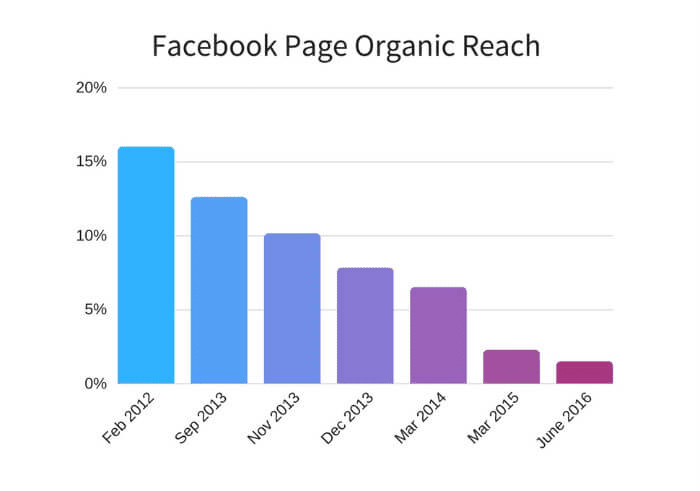
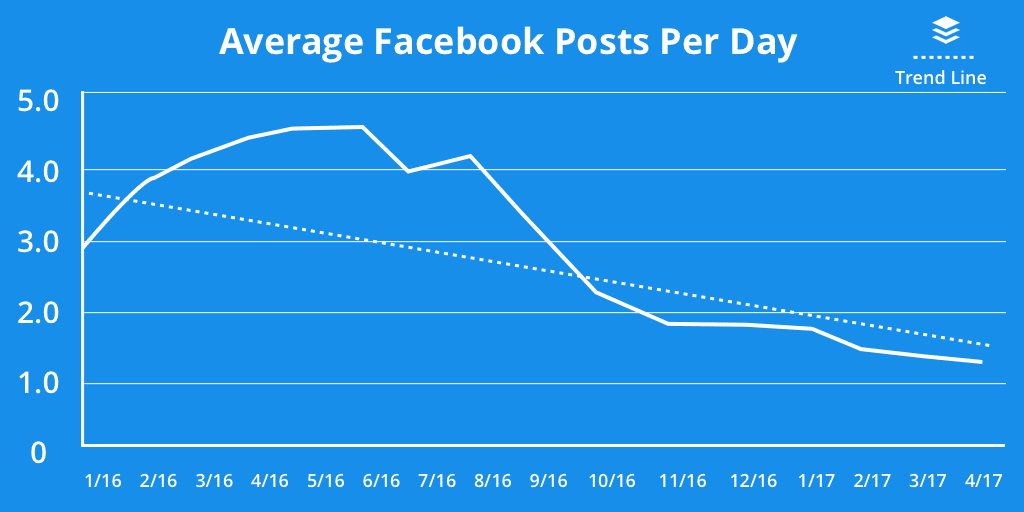
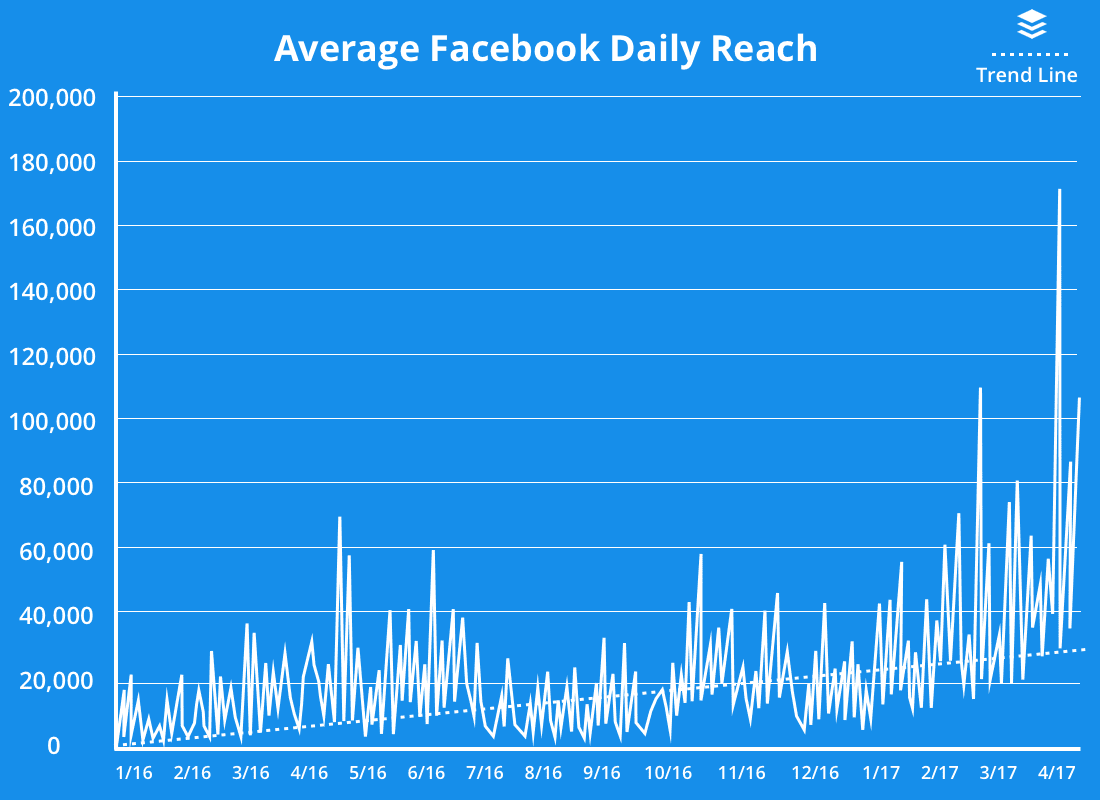

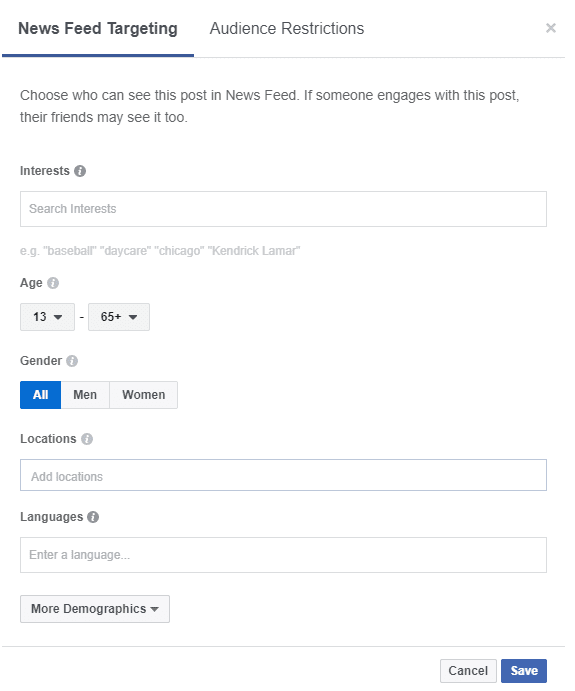


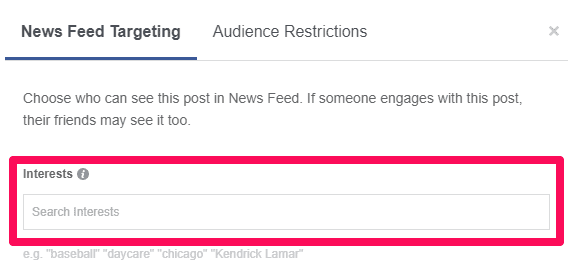
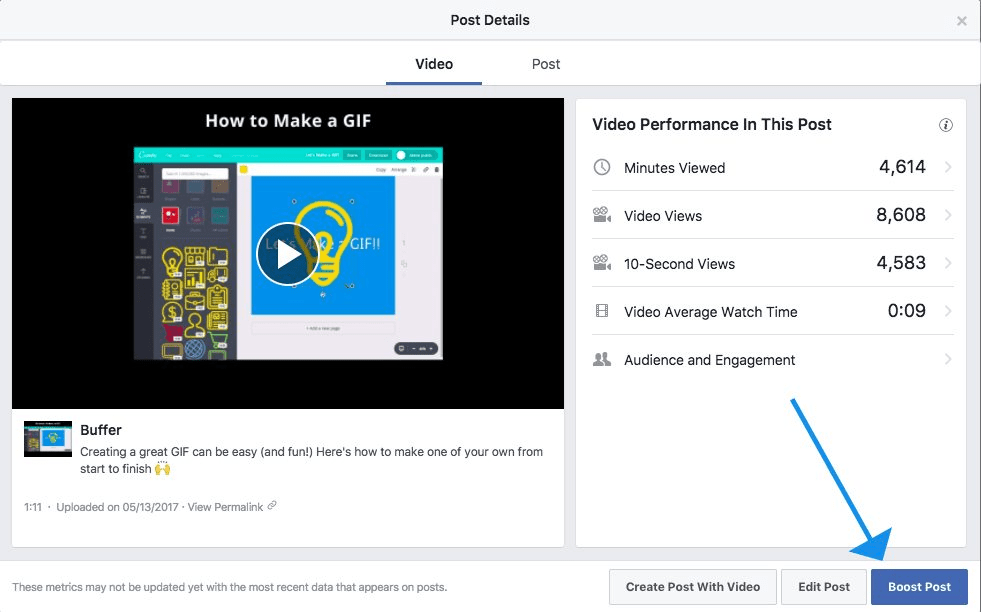
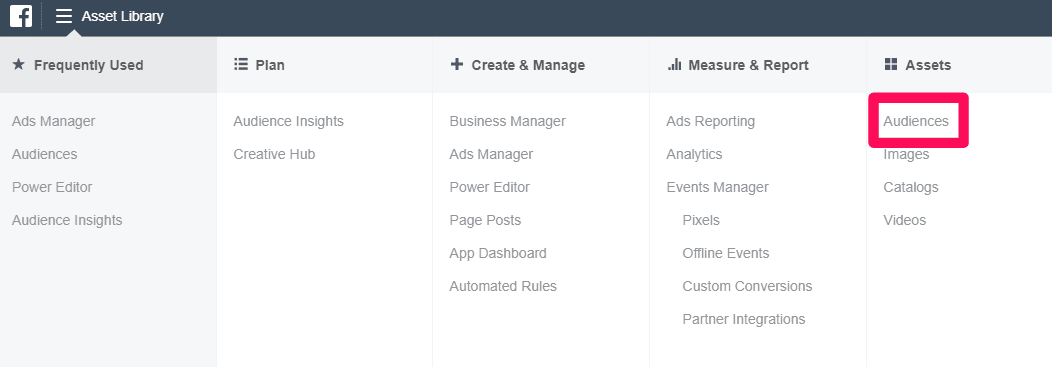
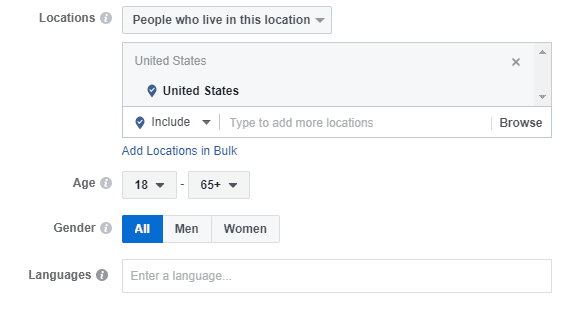


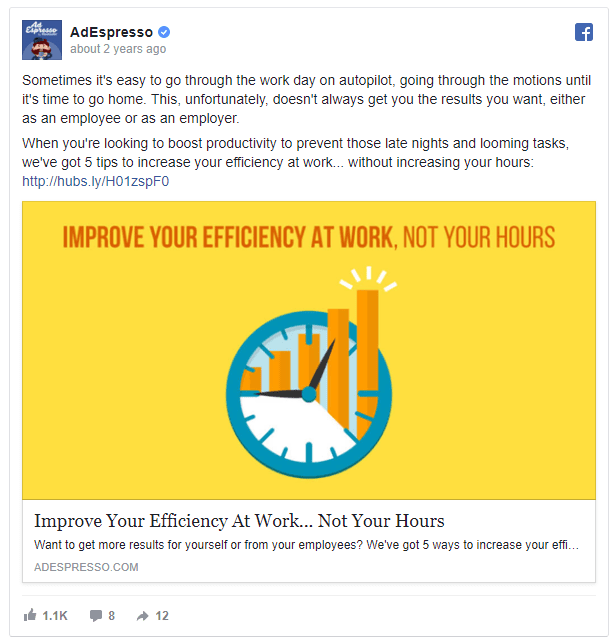
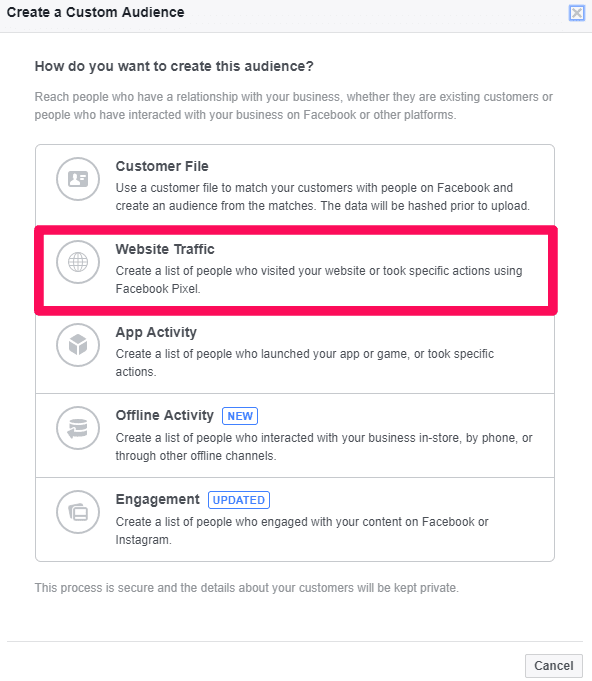



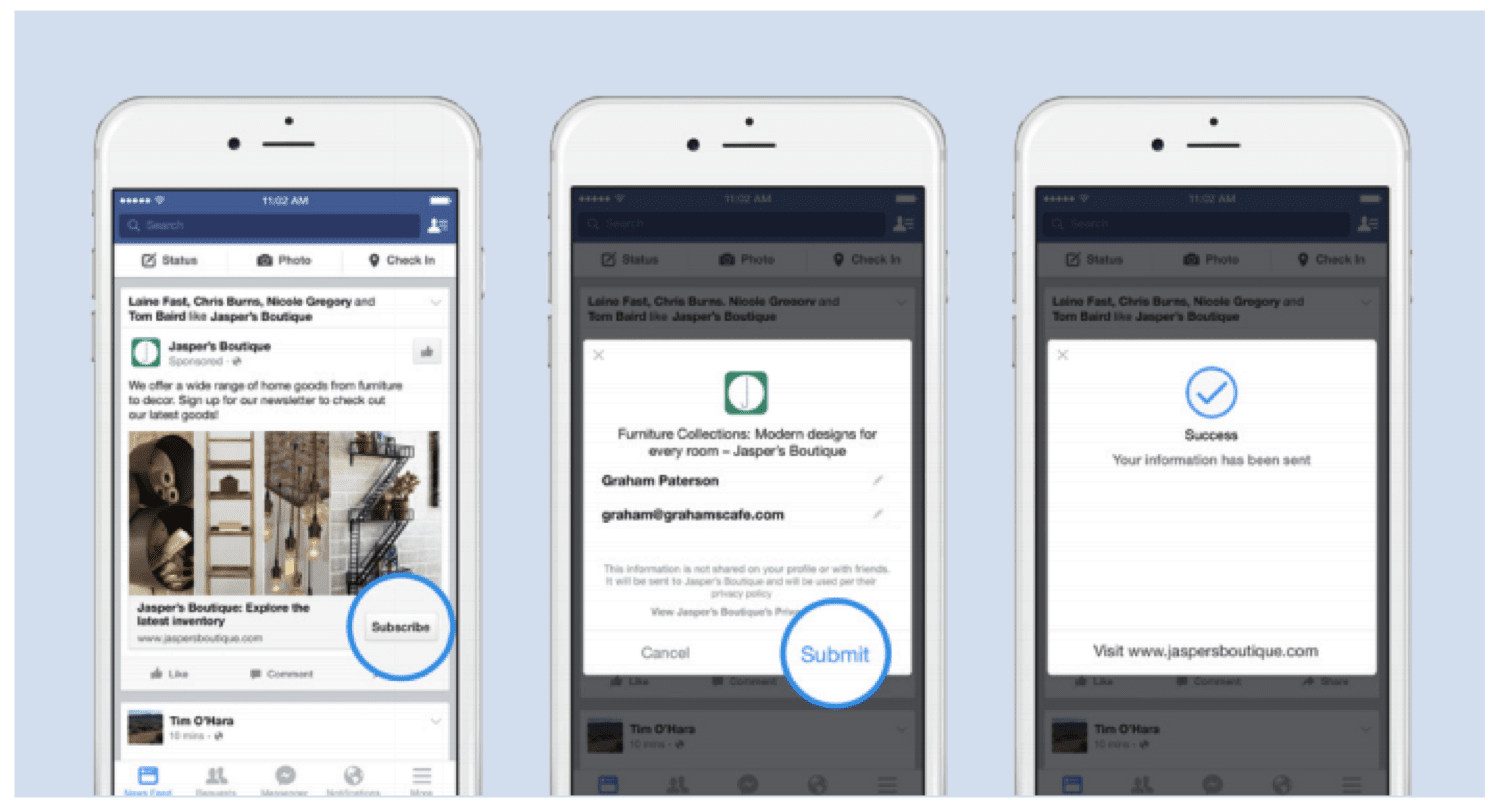
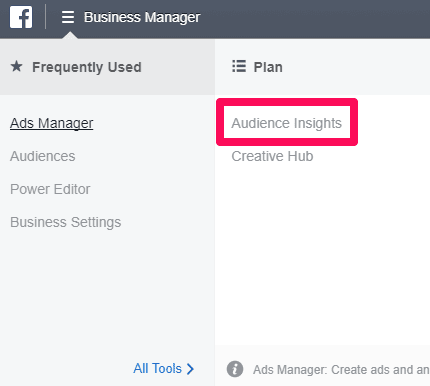

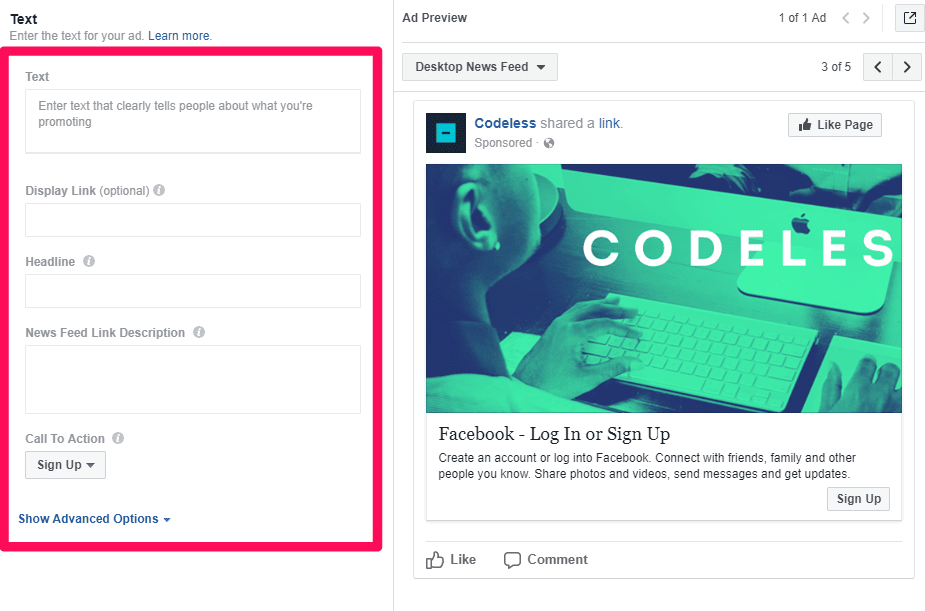
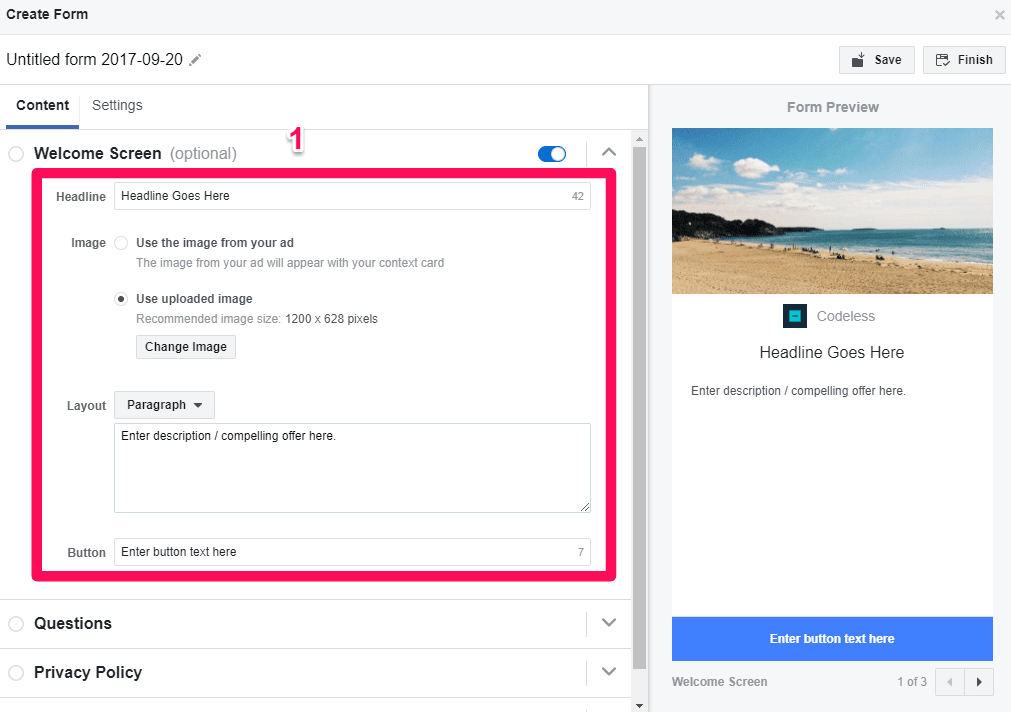

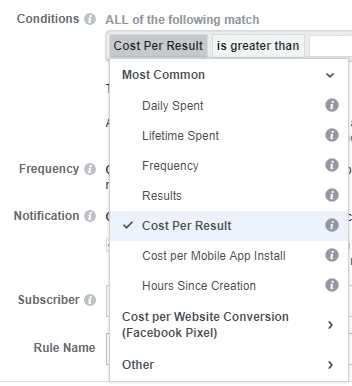
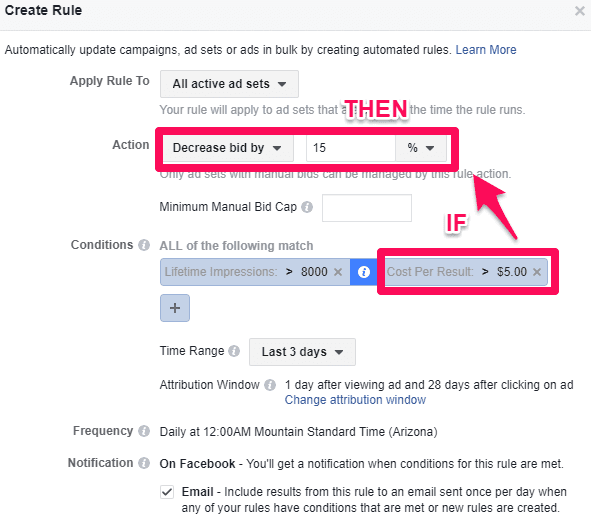

I am also an Admin of pages. I am Facing the same issue in this days. My post reach looks like dead, Its 95% down. Thanks for the article.
Facebook is giving a lots of trouble these days and my reach has gone way down. Thanks for these tips. I will definitely give them a try.
30x a month? Really? For years, I’ve rocked FB accounts and it’s NOT by posting 30x a month. It’s by posting 12-24x a DAY.
It really still works?
“Facebook is a wonderful platform for any business. With over two billion monthly active users, any business can find their target market on it. But that also comes with serious downsides like competition and declining organic reach.” I absolutely agree! What an informative article. Thanks for sharing
Thank You Divine 🙂
Thanks for this great article. From my experience quality content give the best results. In this days using plugins you can auto share post on social platforms.
This is all fine with businesses who can afford to sit there all day on Facebook answering people’s stupid questions or employ someone who can. I’m starting to wonder what it does for me at all these days. Sure it might bring in more work but I can no longer do as much work because I waste so much time online now. Hence I make less money. Most of the time just telling people the same old crap over and over. I can’t stand it. I hate what my online business has become now. Facebook is not that great for every business out there and the more that realise this it will slowly change again. They want your money and time. Give them neither and get your life back. But if your job is selling widgets made in China then perhaps you have nothing better to do but throw them in everyone’s faces enough to get some sales. I’m sick of Facebook being talked about all the time as this great business tool. It’s over rated and too much hard work for what you now get back.
Hey Andrew 🙂 did you ever try implementing a bot to answer to the basic questions of your users or prospects on Messenger? Maybe this can help with a few ideas The 5 Most Inspiring Chatbots On Facebook Messenger
Thanks for this great article.
Thanks for sharing lot of information. I am reading this article 2nd time and still finding new information
I wanted to say thank you.
Hello. I recently looked at tech blogs and found your blog. I found a lot of useful and interesting. Now I write a lot of articles on this topic and would like to share with you my work.
If you are interested in my proposal, I can send your content for approval.
Thank you for attention! I look forward to hearing from you as soon as possible.
Sincerely, Diego.
Well articulated article. I will definitely implement the strategies to boost traffic to my healthy foods website
Thanks for sharing this post with us!! There’s no doubt that Facebook has become the dominant platform for businesses looking to reach a large audience.
Hi,
What a fantastic post! This is so chock full of useful information. I can’t wait to dig deep and start utilizing the resources you have given me
Great Share! One of the most favourite and authentic ways is organic traffic for a blog.
Using a marketing platform is also good but organic traffic is the your aim to raise your blog traffic. Thanks for sharing info.